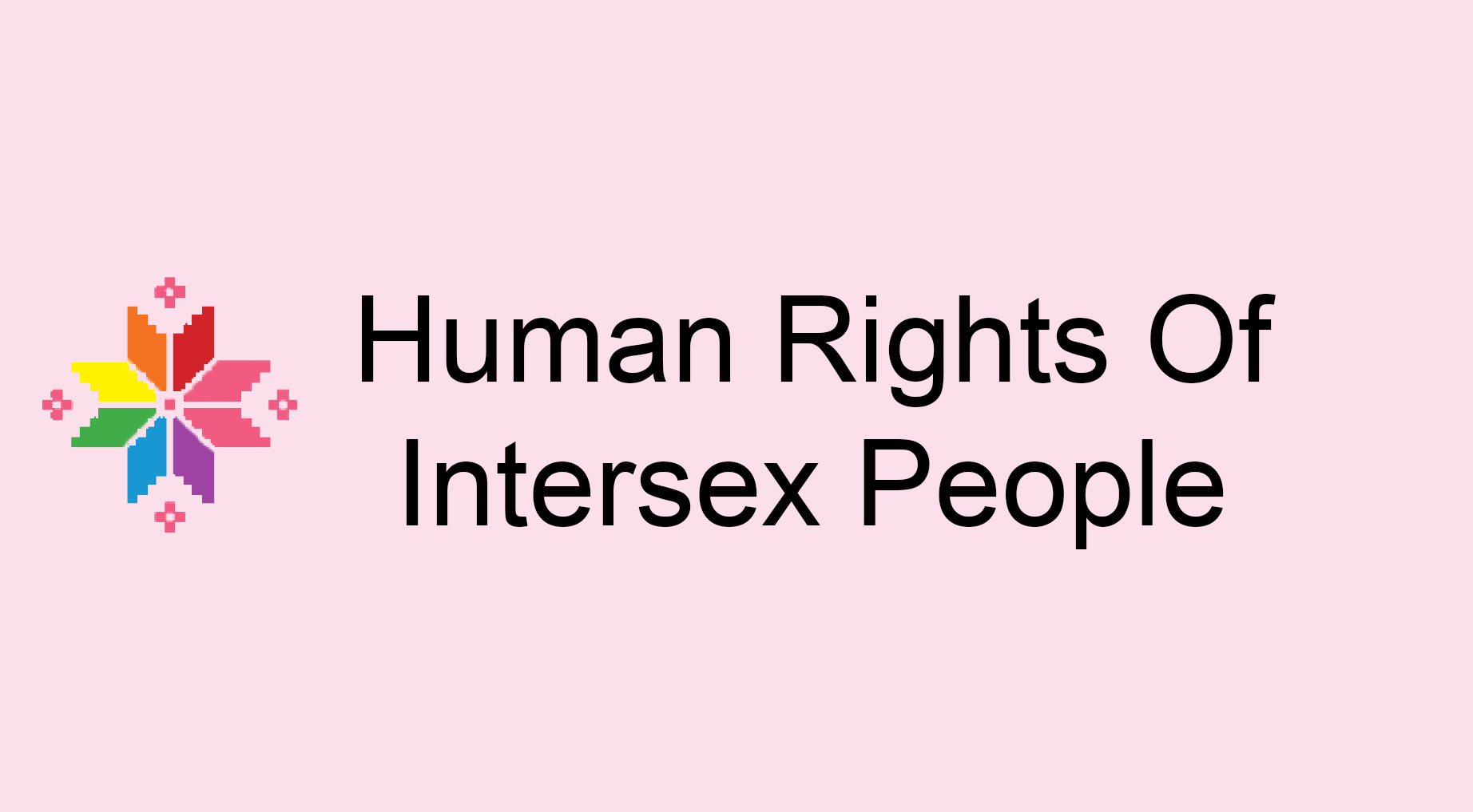
In the fallowing period we will publish articles from our Annual Report on the State of Human Rights of LGBTI People in Bosnia and Herzegovina
Legal Framework and Social Reality
By introducing sex characteristics as a ground for discrimination through the Amendments to the Anti-Discrimination Law in BiH, the legislator recognised and safeguarded intersex persons. Bosnia and Herzegovina thus joined a small number of countries in Europe which explicitly protected intersex persons in their anti-discrimination legislation, which is a very positive step in the fight for protection of intersex persons. However, despite this progress, there is a range of problems and obstacles that intersex people face and that make them an extremely vulnerable group. The wider public does not talk about intersexuality almost at all which, in addition to the lack of information about intersexuality and the problems they face, makes intersex persons almost invisible and excluded in the society of Bosnia and Herzegovina. Reference literature, school and university textbooks, but also medical workers, still sometimes use the terms hermaphroditism and pseudohermaphroditism to denote intersex persons despite the fact that these terms are inaccurate, scientifically unfounded, and stigmatizing for intersex persons.
Furthermore, the medical procedures for the treatment of various intersexuality cases are still not clearly defined or known to the public. There is a significant concern that the so-called sex normalisation surgeries are performed in public health institutions – the medical and surgical treatment of newborns governed by the need to aesthetically adjust the appearance of the baby and its sex characteristics to male or female sex in line with social expectations, without jeopardising baby’s health. This is contrary to what the human rights organizations are advocating, but also a great number of medical professionals – when there is no medical urgency, any aesthetic medical procedure should be postponed until the moment when children can provide their informed consent.
Research
In the 2016 research conducted about the position of intersex persons[1], Sarajevo Open Centre contacted 27 health institutions in the Federation of BiH, Republika Srpska and Brčko District asking them about the number of newborns that could have been classified as intersex; the procedure in such cases; and, whether sex normalisation aesthetic surgeries are performed. Seven health institutions sent their responses: University Clinical Centre Tuzla, Cantonal Hospital Orašje, Cantonal Hospital Goražde, University Clinical Centre of Republika Srpska in Banja Luka, “Dr. M. Stojanović Hospital” in Prijedor, “Sv. A. Luka Hospital” in Doboj, and Brčko District public institution “Health Centre Brčko”.
The responses informed that 4 out of 7 institutions have had cases of intersex newborns. Although this information provides only the partial insight into the overall number of intersex cases in BiH, it does confirm the assumption that such cases are more common than has been assumed. According to some medical estimates, but also activist data, 1 intersex person is born in 2000 births of the typical male or female sex. If we take into account that the annual number of newborns in BH is around 30,000, we can assume that in BiH around 15 babies are born annually with variations in sex characteristic – i.e. 15 intersex persons.
Another conclusion drawn from the received responses is that intersex newborns are referred to larger clinical centres in Sarajevo, Tuzla, Banja Luka, and also abroad. One of the hospitals said that it is a common practice for parents and the child to be sent to Belgrade to University Children’s Clinic Tiršova and the Mother and Child Institute. This leads to a conclusion that the focus of future action in terms of intersex people should be on the above larger clinical centres in Sarajevo, Banja Luka and Tuzla.
The issue of the procedure and transparent treatment in cases when children are born with sex characteristics that depart from the medically established definitions of male and female sex remains unclear. It is certain from the responses that there is no clear and regulated procedure envisaged for these cases. This leaves space for doctors to easily make decisions on surgical interventions or other medical treatments which are not necessary for the health of the child. It is unknown whether parents are provided adequate support of psychological and medical counselling which is necessary for them to make a decision which will be in the best interest of the child. Therefore, this is one of the issues that will require a lot of work. Primarily, with regard to stronger contacts and cooperation with clinical centres, sensitization of medical staff, but also the involvement of relevant institutions such as ministries of health and the Institution of Human Rights Ombudsman.
Guidelines for Further Action
- Cooperation with medical institutions and experts, sharing information and raising sensitivity regarding the problems of intersex persons and revising medical classifications to remove outdated terms such as hermaphrodite and
- Transparent and accessible information about the procedures and medical treatments in case of birth of an intersex baby and prohibition of medically unnecessary surgical procedures and medical sex normalisation treatments in health institutions performed on intersex persons without their full and informed consent.
- Involving public authorities (ministries of health) and public bodies competent for the protection of human rights (ombudsmen) in the protection of intersex persons.
[1] Tijela koja nadilaze binarnost: Preporuke za unapređenje pravnog i medicinskog pristupa interspolnim osobama u BiH (Bodies that Transcend the Binary: Recommendations for the Improvement of the Legal and Medical Approach to Intersex Persons in BiH), available in BCS at:- http://soc.ba/site/wp-content/uploads/2017/01/HRP_tijelo_01_18.01.2017._web.pdf
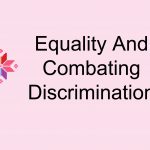 Pink report 2017: Equality And Combating Discrimination
Pink report 2017: Equality And Combating Discrimination Pink report 2017: Family Life And Same-Sex Partnerships
Pink report 2017: Family Life And Same-Sex Partnerships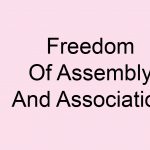 Pink report 2017: Freedom Of Assembly And Association
Pink report 2017: Freedom Of Assembly And Association Pink report 2017: GOOD PRACTICES
Pink report 2017: GOOD PRACTICES Pink report 2017: Hate Crime And Incitement To Hatred
Pink report 2017: Hate Crime And Incitement To Hatred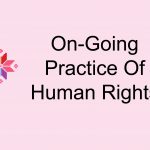 Pink report 2017: On-Going Practice Of Human Rights Violations
Pink report 2017: On-Going Practice Of Human Rights Violations Pink report 2017: Priority Measures To Be Undertaken
Pink report 2017: Priority Measures To Be Undertaken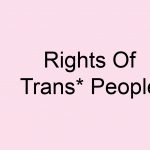 Pink report 2017: Rights Of Trans* People
Pink report 2017: Rights Of Trans* People